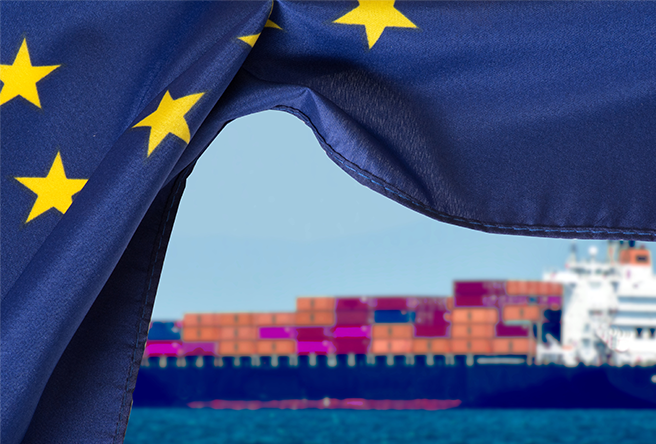The maritime industry is undergoing a major shift toward decarbonization, with carbon allowances emerging as a key tool to reduce greenhouse gas (GHG) emissions. This system, now enforced by the European Union (EU) and under consideration by global regulators, requires shipping companies to account for their carbon output financially.
What Are Carbon Allowances?
Carbon allowances (or emissions allowances) are permits that allow a company to emit a specific amount of CO₂. Each allowance typically covers one ton of CO₂ equivalent (tCO₂e). Shipping operators must purchase enough allowances to cover their emissions or face penalties.
How It Works:
- Cap-and-Trade System: Regulators set a declining emissions cap (maximum allowed CO₂).
- Allowance Allocation: Companies receive or buy allowances at auctions.
- Trading Market: Firms that reduce emissions can sell spare allowances. Heavy emitters must buy more.
- Compliance Proof: Ships must surrender enough allowances annually to cover emissions
Key Regulations Enforcing Carbon Allowances in Shipping
The EU Emissions Trading System (EU ETS), now expanded to include shipping as of January 2024, represents a transformative regulatory shift that’s fundamentally altering the economics of maritime operations. This cap-and-trade system applies stringent carbon accountability measures to all vessels over 5,000 gross tonnage entering EU ports, irrespective of their flag state, with a carefully structured phase-in approach: 2024 covers 40% of emissions, increasing to 70% in 2025 before reaching full 100% coverage by 2026.
The regulation casts a wide net over various emission sources, encompassing all CO₂ output from intra-EU voyages, half of emissions from international routes to/from EU ports, and all at-berth emissions while docked in European harbours. With carbon allowance prices currently fluctuating between €30-90 per ton of CO₂ and projected to rise, the industry faces substantial new operating costs that analysts estimate could elevate freight rates by 5-15% across European trade lanes.
This financial impact is already compelling carriers to implement operational changes – from widespread slow-steaming practices to accelerated adoption of alternative fuels – as they grapple with the system’s complex reporting requirements and the need to strategically purchase, trade, or bank allowances to maintain compliance while protecting profit margins.


Leave a Reply